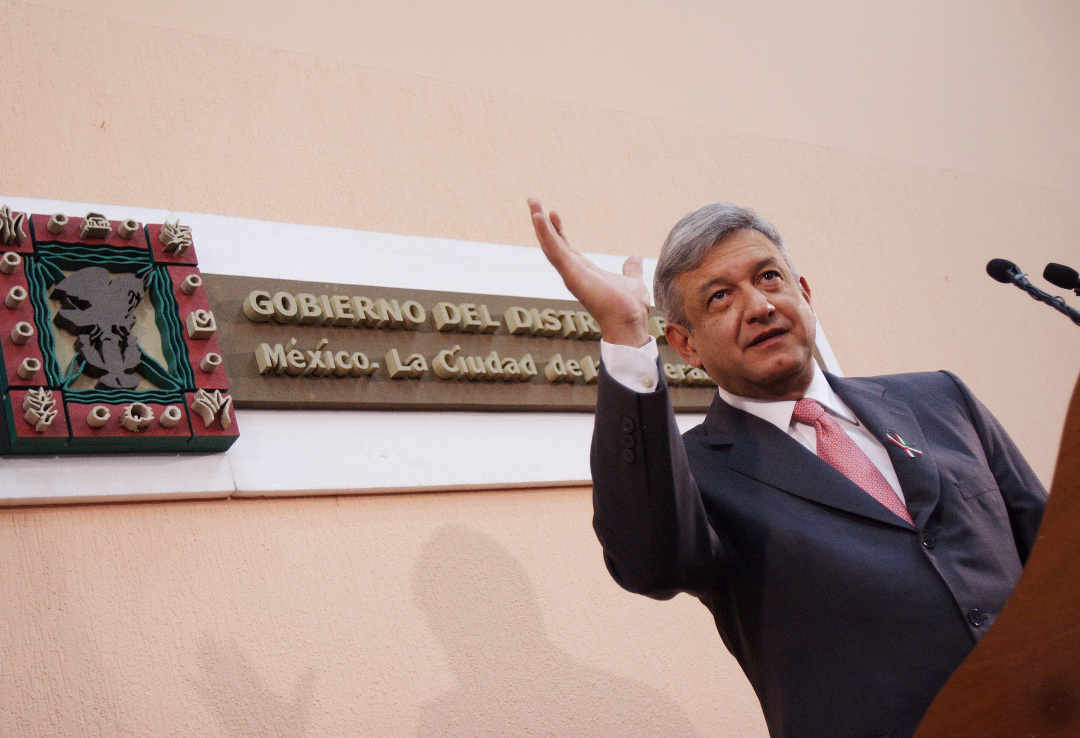It was 1973, year of the energy crisis and the beginning of the rollback of postwar social democracy. In Mexico, student attempts to crack open the nation’s one-party state had been recently met by the twin massacres of Tlatelolco in 1968 and Corpus Christi in 1971. That fall, a university freshman from the southern state of Tabasco was studying political science at the National Autonomous University of Mexico (UNAM) when news came of the brutal overthrow of the president of Chile.
That president’s name was Salvador Allende. The student’s? Andrés Manuel López Obrador. Inevitably, in light of the coup and the series of right-wing dictatorships to follow, the question of how to take power without getting toppled by the United States was to become one of the defining questions of López Obrador’s generation.
For AMLO, as he would come to be known, it was to be a very long road. Born in the small town of Tepetitán, in the municipality of Macuspana, the shopkeeper’s son seemed destined for anything rather than the presidency. But growing up in such a “backwater” (literally: the poet Carlos Pellicer wrote that Tabasco is “more water than land . . . the land lives at the mercy of the water that rises or falls”) had its advantages: the young Obrador spent his formative years in a more secular, egalitarian society, far from the starchy hierarchies and dominance of the Catholic Church that marked the capital and center of the country.
Tabasco was to be formative in other ways, as well. After university — where he benefited from the…
Auteur: Kurt Hackbarth

